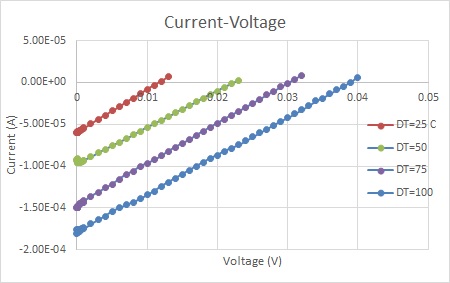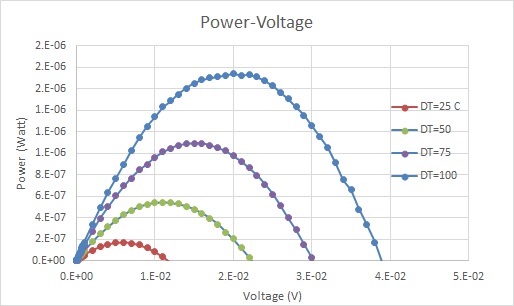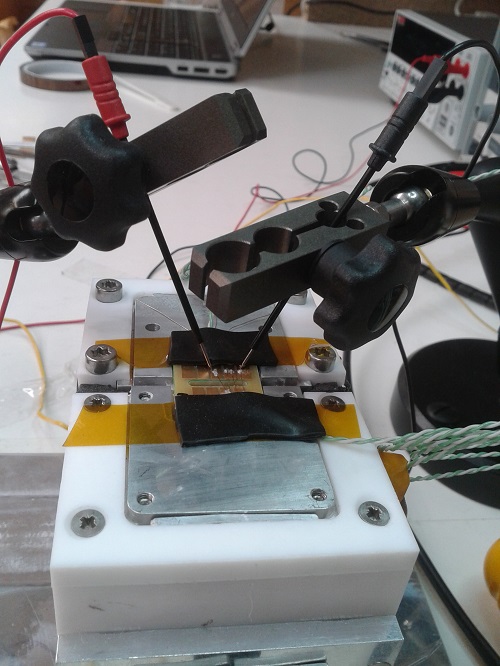
H2esot team succeed in the fabrication of organic thermoelectric devices
18.08.2015
Leading thermal management company, European Thermodynamics have successfully developed the first thermoelectric device made of organic crystal semiconductors using the unileg architecture as part of the H2esot project.
Organic thermoelectric materials are emerging ‘green’ energy conversion materials, they are non-toxic, cost-effective, eco-friendly and potentially energy-efficient. Organic semiconductors are attracting increasing interest as an alternative to conventional expensive and toxic thermoelectric materials, owing to the material abundance, easy processing and low thermal conductivity.
The organic semiconductors developed for the H2esot project are made of TTT derivatives, these crystals have shown excellent performance and a high level of purity. It is expected that they will play an important role for future devices, not only for thermoelectrics but also for other applications such as optoelectronics.


(Left) Fig 1. Current-Voltage characteristics at different gradients in temperature
(Right) Fig 2. Power-Voltage curves at different gradients in temperature
“I am very excited about these results since they demonstrate the great performance of a non-conventional thermoelectric material. The research of which, was previously abandoned in the 1980’s due to costly fabrication methods” says Dr Itziar Hoces, Research Scientist at European Thermodynamics “The excellent performance of the organic crystals means we can develop organic thermoelectric generators for more thermoelectric applications”.
The feasibility of the process of fabrication developed at ETL has been validated and the advanced characterisation techniques has been elected & adapted. This peculiar type of device has shown to be very appropriate and accurate considering the difficulty that the measurement method for organics devices itself implies.
There is room for the improvement of these organic thermoelectric devices, but H2esot project has now shown a proven step change in the advancement of organic thermoelectric materials.

Thermoelectric device on the test rig whilst being measured
For more information, please contact European Thermodynamics and speak to the H2esot team.